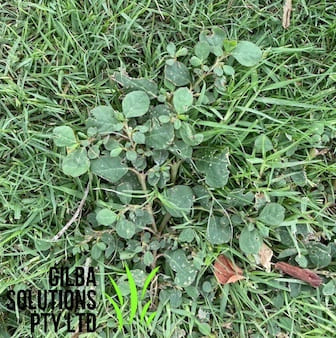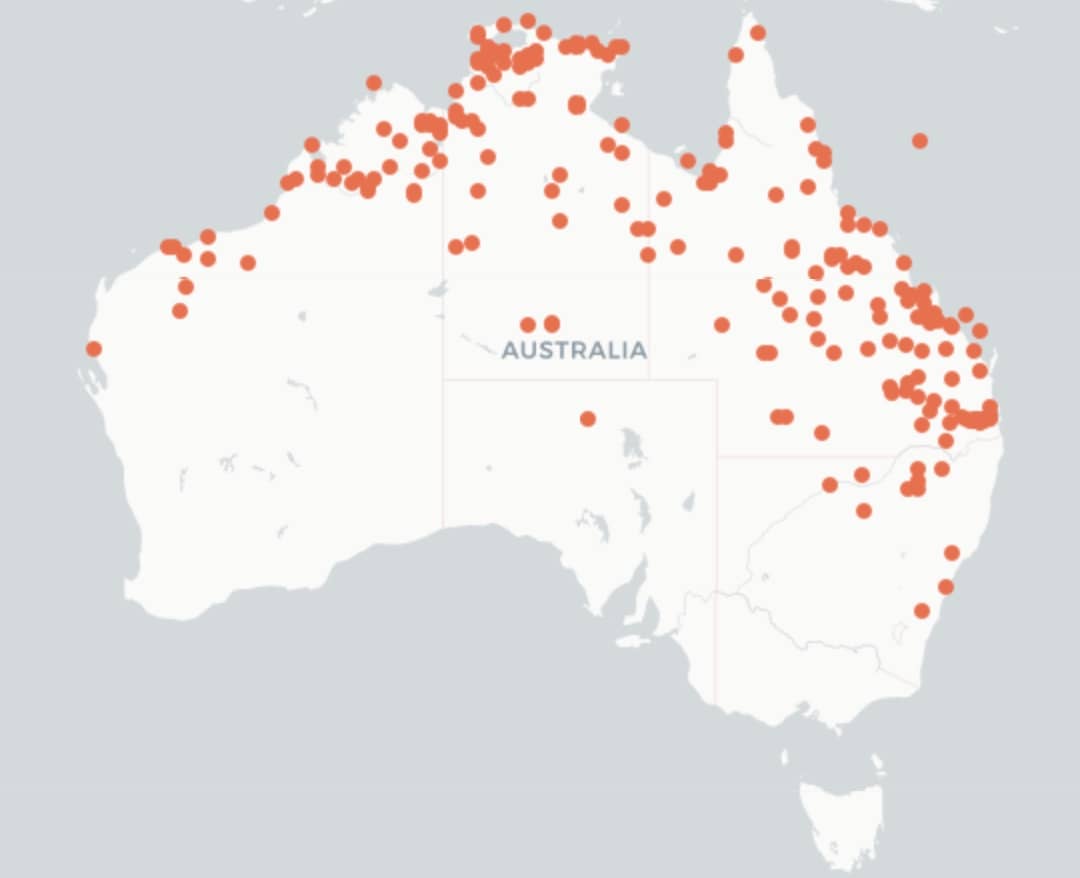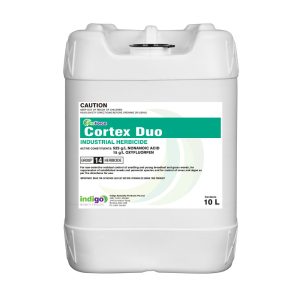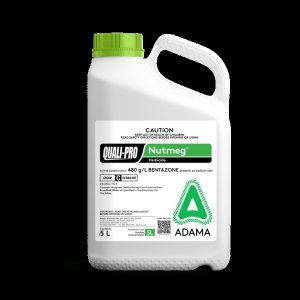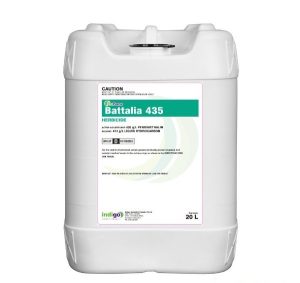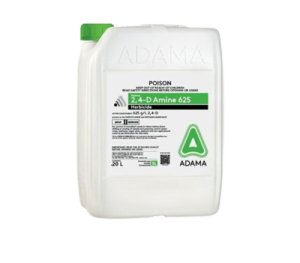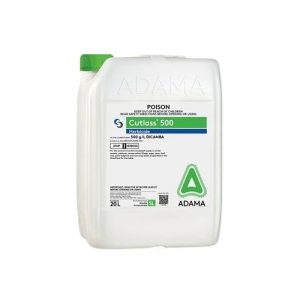Horse Purslane (Trianthema portulacastrum Linn.)
After you read this, you will be able to:
- Identify Horse Purslane.
- Know the habitat of Black Pigweed.
- Know the best options to control Horse Purslane.
Due to its highly competitive nature, it is classed as a noxious weed in the sub-tropics and tropics.
Why is Horse Purslane a Problem Weed?
- A short dormancy period. This allows several generations in a single growing season.
- It produces large numbers of seeds, that results in a large seed bank.
- It takes only 30 days from when the seeds germinate until Horse Purslane flowers.
- It has a unique C4-CAM photosynthetic pathway, which enables it to survive drought.
- Horse Purslane is very aggressive and forms dense vegetative mats.
- Black Pigweed has allelopathic effects on seed germination, seedlings, and crop yield.
- Horse Purslane is toxic to livestock.
For more information on weeds check out our weed ID Chart.
How to Identify Horse Purslane.
Horse Purslane is a strong competitor, and this results in significant losses for many agricultural crops.
Category: Broadleaf (Dicot).
Photosynthetic Pathway: Trianthema portulacastrum, is a C4 plant, and also exhibits facultative CAM (Crassulacean Acid Metabolism) when it’s under drought stress. This is termed C4 + CAM.
Black Pigweed mainly uses C4 photosynthesis but in drought it also exhibits CAM. This means it stores CO2 at night and then uses it for photosynthesis during the day. This is a survival mechanism to reduce water loss, and is a great example of how plants adapt to environmental extremes, and enhance their drought tolerance.
It enables Horse Purslane to survive dry spells, and recover quickly once water is available again.
Flower: Black Pigweed flowers are white, pink, or purple. In contrast Common Purslane has yellow flowers that have 5 petals.
Height: Horse Purslane has a prostrate growth habit.
Leaf length: Black Pigweed has stalked leaves that are 1 to 5 cm long, and have purple edges. They are opposite, unequal, and the lower pair is smaller than the others. The leaves have an oval to circular shape with slightly wavy margins.
Reproduction of Horse Purslane.
- Horse purslane seeds germinate at 20°C to 45°C, with an optimum germination temperature of 35°C.
- Once it germinates, Horse purslane grows vegetatively for 35 to 40 days. After this both vegetative and reproductive growth occur at the same time.
- Black Pigweed seeds have no dormancy period, and emerge from soil depths of up to 1 cm. However, as seed depth increases, seedling emergence declines.
- It flowers 20 to 30 days after the seeds germinate.
- Trianthema portulacastrum produces 52,000 seeds in its life. These have a hard coat, and persist for many years.
Comments: Horse Purslane is thick, and flat at the nodes. It has a white or brown taproot, that has fibrous hairs, and reaches soil depths of 30 to 50 cm. The stems are maroon-purple, hairy, and erect.
Habitat: Black Pigweed grows in dry areas along roadsides, wastelands and in lawns. Seedlings prefer rich and moist soil but are sensitive to flooding.
How to Control Horse Purslane.
You can control Horse Purslane by cultural and chemical means, but successful management of this weed is best with an integrated approach.
Cultural Control Of Horse Purslane:
- In heavily infested areas, try and control Horse Purslane at the seedling stage, and never allow it to reach maturity.
- Plants in the fruiting stage should not be cut and left on the ground. This is because the fruit can continue to mature and the seed disperse.
Chemical Control of Horse Purslane:
Pre-Emergents for Horse Purslane.
- Indian Research shows that pre-emergent application of oxadiazon, and Pendimethalin (ProForce Battalia) control Horse Purslane.
- In pigeonpeas, Pendimethalin at 1.14 kg ai/Ha reduces Black Pigweed by 80 to 90%.
- In contrast US work in peanuts, with Pendimethalin at 1.12 kg ai/Ha, Metalochlor at 1.4 kg ai/Ha or dimethenamid gives < 75% control.
- In Sweet Potato, Black Pigweed is a priority weed. Pre-emergent options include Metalochlor.
- Indaziflam is registered in the USA for Horse Purslane.
- BASF Freehand.
Post Emergents for Horse Purslane.
- Bentazone (Quali-Pro Nutmeg).
- 2,4-D
- Dicamba.
- In Florida Trifloxysulfuron (ProForce Recondo) controls Horse Purslane in sugarcane. Best results are if you apply this with a non ionic surfactant like OptiSpread 1000 at 0.25% v/v.
Table of post Emergent Herbicides for Horse Purslane.
Product | Active | Chemical Group | Rate/Ha | Comments | ||||
2,4-D | 2,4-D | 4 | 1.8-3.2 | Wet foliage thoroughly. DO NOT mow lawn for 1 week before and at least 1 weed after application. DO NOT use on Buffalo grass (WA only). | ||||
Dicamba | Dicamba | 4 | 1.2L + 3.2L of 2,4-D Amine 625g/L | Use a minimum of 1000L/Ha water. Do not spray on Buffalo or Bent Grass. | ||||
Nutmeg | Bentazone | 6 | 2 to 3 L/ha in 200 to 500 L of water per Ha | For best results, target applications to small and actively growing weeds, with good soil moisture. Sequential applications may be necessary. Do not exceed two applications within 4 weeks. The addition of a non-ionic surfactant such as Optispread 1000 at 125 mL per 100 L of the spray volume may improve weed control. | ||||
Warhead | MCPA + Clopyralid + Diflufenican | 4 + 12 | 5 L | You may see discolouration on kikuyu, carpet grass and Queensland blue. Avoid overlapping. Use an NIS. | ||||
Non Selectives for Horse Purslane.
You cannot use any of these on lawns or turf areas to selectively remove Black Pigweed.
- Glufosinate-ammonium provides control for 4 to 6 weeks, but it regrows and recovers due to the limited movement of glufosinate.
- Glyphosate. You can use Glyphosate but if water quality is an issue then use ProForce Manta Ray.
These are non-selective but also have a long term residual and stop any re-growth of Horse Purslane.
- Renegade. Renegade stops germination for up to 12 months.
- Numchuk Quad. This gives post and pre emergent Black Pigweed control for up to 12 months.
- Cortex Duo. Cortex Duo gives a rapid knockdown of Horse Purslane, and residual control for up to 3 months. It is also safe to use around trees.


